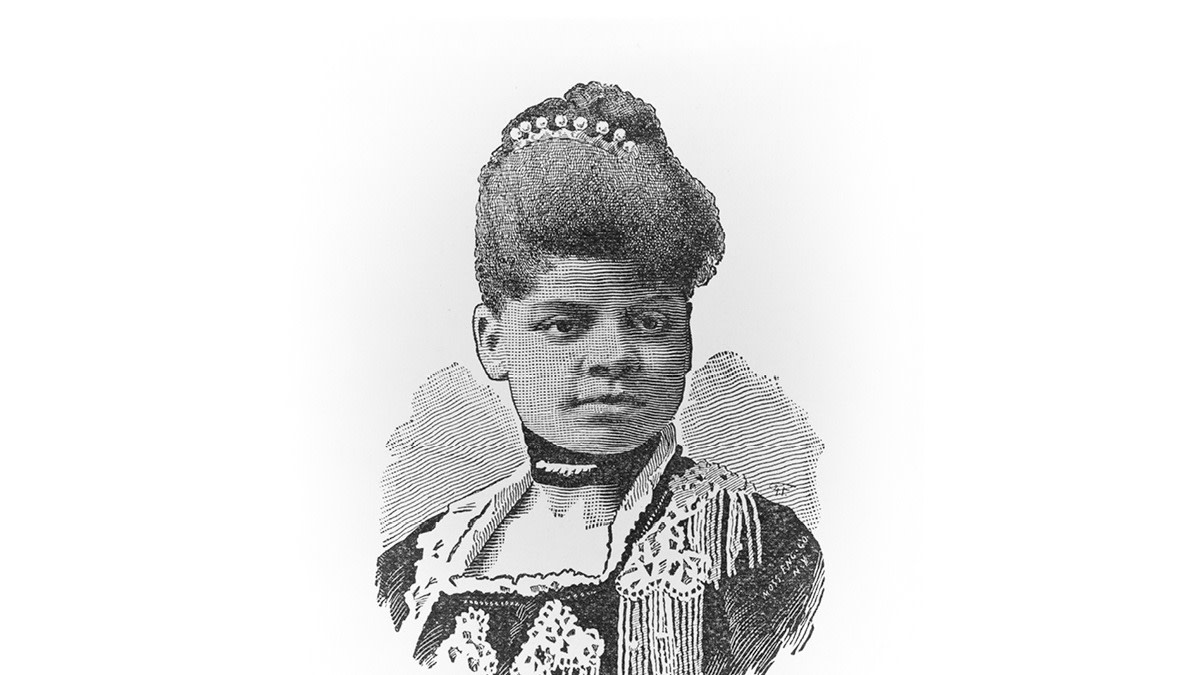Ida B. Wells: Key Events in the Life of Ida B. Wells-Barnett
Written by MasterClass
Last updated: Sep 6, 2022 • 4 min read
Ida B. Wells was one of many Black women who made an impact through her activism. Her pursuit of women’s suffrage and equitable treatment for Black people has made her an important figure in history.
Learn From the Best
Who Was Ida B. Wells?
Ida Bell Wells was a suffragist and civil rights activist who lived from 1862–1931. She attended numerous universities, wrote articles and pamphlets to raise awareness of social issues, helped establish multiple activist organizations, and even ran for the Illinois State Senate. She notably fought against lynch mobs throughout the United States and worked toward the inclusion of Black women in the predominantly white woman suffrage organizations of her day.
7 Key Events in Ida B. Wells’s Life
Ida B. Wells had a remarkably illustrious career as an activist and journalist. Here are seven key moments from her life:
- 1. She was emancipated. Wells was born during the height of the United States’ Civil War in Holly Springs, Mississippi. Just two months after her birth in July 1862, President Abraham Lincoln issued the Emancipation Proclamation, which freed Wells and her family from slavery.
- 2. She lost family members. As a teenager, she attended Rust College (a historically Black college or university, or HBCU, in Nashville, Tennessee), where her father was a trustee. Shortly after beginning her education there, she received news from home that a yellow fever epidemic swept through her hometown and took the lives of both her parents and an infant sibling. She helped care for her surviving brothers and sisters while completing her education at Fisk University.
- 3. She experienced injustice. In 1884, Wells’s own activism began after she experienced prejudicial treatment aboard a Chesapeake & Ohio Railroad ladies’ car. Train staff insisted she move to the smoking section, despite the fact she paid for a seat in a more expensive and less cramped area of the locomotive. She successfully sued over the incident in the lower courts, but the Tennessee Supreme Court struck down this ruling. Henceforth, she devoted herself to hard-hitting journalism and continuous activism, often working with the Republican Party of her day to help achieve mutual political goals.
- 4. She married Ferdinand L. Barnett. Wells met Ferdinand Barnett when she began writing for The Chicago Conservator, Barnett’s publication and the first Black newspaper in Chicago. They married in 1895, and she became one of the first Black women in the United States to hyphenate her maiden name with that of her husband, going by the name Ida B. Wells-Barnett. One of their children, Alfreda M. Duster (née Barnett) became an activist and social leader in her own right.
- 5. She protested lynchings. The lynching of Thomas Moss, Calvin McDowell, and William Stewart proved another galvanizing incident for Wells. Shortly after these three Black men founded the People’s Grocery in Memphis, groups of white men attacked the store. After multiple altercations, a lynch mob murdered Wells’s three friends, prompting her to leave the South and head to the Northern United States.
- 6. She traveled widely. Wells raised awareness about the need for racial justice and women’s rights across the United States. Her travels took her to the White House in Washington, DC, where she implored President William McKinley to act against lynching, and over to the United Kingdom to raise awareness about US issues. She eventually settled in Chicago, Illinois, where she ran for the state senate.
- 7. She wrote for newspapers. Wells often wrote articles under the pen name “Iola.” She became a co-owner and editor for the Memphis Free Speech and Headlight early in her career, but a white mob attacked her newspaper office and cut her tenure short. She went on to write for T. Thomas Fortune’s The New York Age, as well as her husband’s The Chicago Conservator, and published many pamphlets of her own.
5 Causes Ida B. Wells Championed
Wells was deeply committed to social justice and equity. These are just five of the causes she championed throughout her lifetime:
- 1. Anti-lynching laws: Wells’s anti-lynching campaign entailed both activism and the publication of pamphlets like Southern Horrors: Lynch Law in All Its Phases (1892) and A Red Record (1895).
- 2. Anti-segregation: Wells worked to engage the public about the Black community’s plight under Southern Jim Crow laws. She saw the segregation of Black and white people under these laws as an injustice that needed overturning as soon as possible.
- 3. Boycotting of the Columbian Exposition: In 1893, Wells worked with other activists to boycott the Chicago World’s Fair when it became apparent its World’s Columbian Exposition would not feature any celebrations of Black achievements in the United States.
- 4. Founding of the NAACP: Wells was a founding member of the National Association for the Advancement of Colored People (NAACP), established in 1909. In her time, she also helped found the National Association of Colored Women and the Negro Fellowship League.
- 5. Women’s suffrage: Despite their shared commitment to women’s rights, Wells believed many white women’s clubs and suffrage organizations crowded out the voices and participation of Black women. She worked to remedy this by appealing to the organizations themselves as well as helping to found groups (like the Alpha Suffrage Club) that fought for the suffrage of Black women specifically.
Learn More About Black History
There’s a lot of information that history textbooks don’t cover, including the ways in which systems of inequality continue to impact everyday life. With the MasterClass Annual Membership, get access to exclusive lessons from Angela Davis, Dr. Cornel West, Jelani Cobb, John McWhorter, Kimberlé Crenshaw, Nikole Hannah-Jones, and Sherrilyn Ifill to learn about the forces that have influenced race in the United States.
